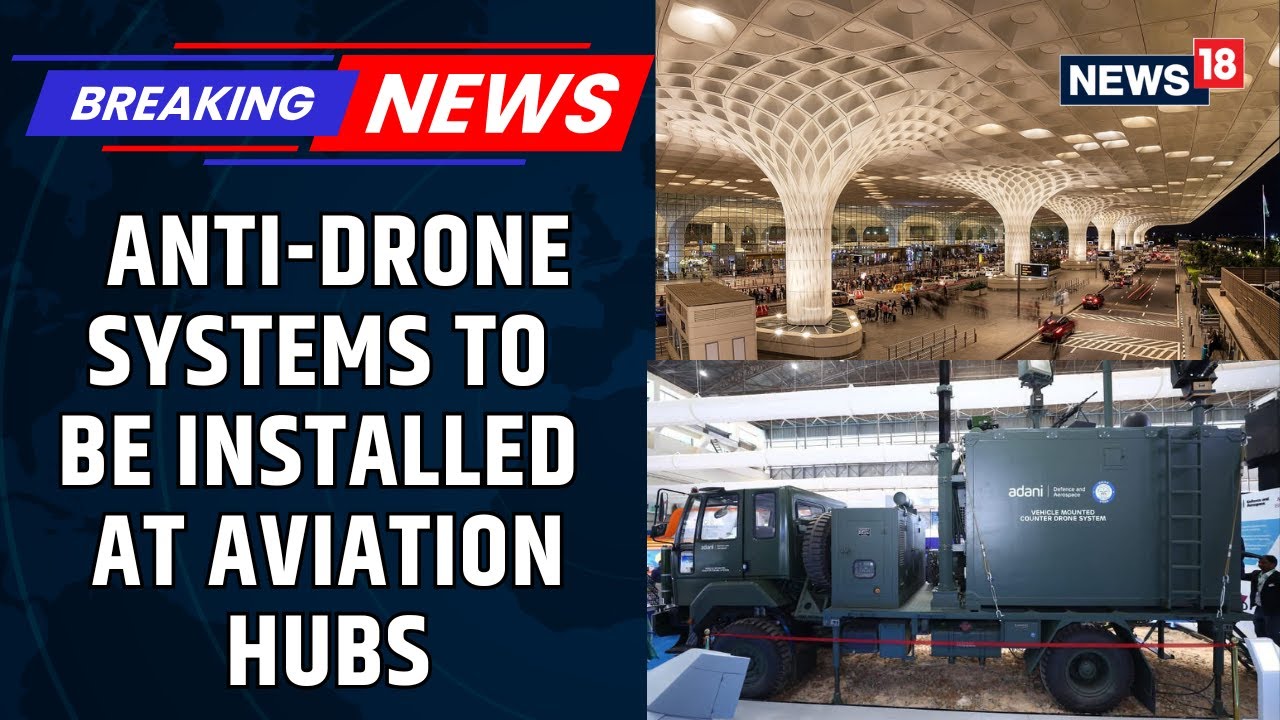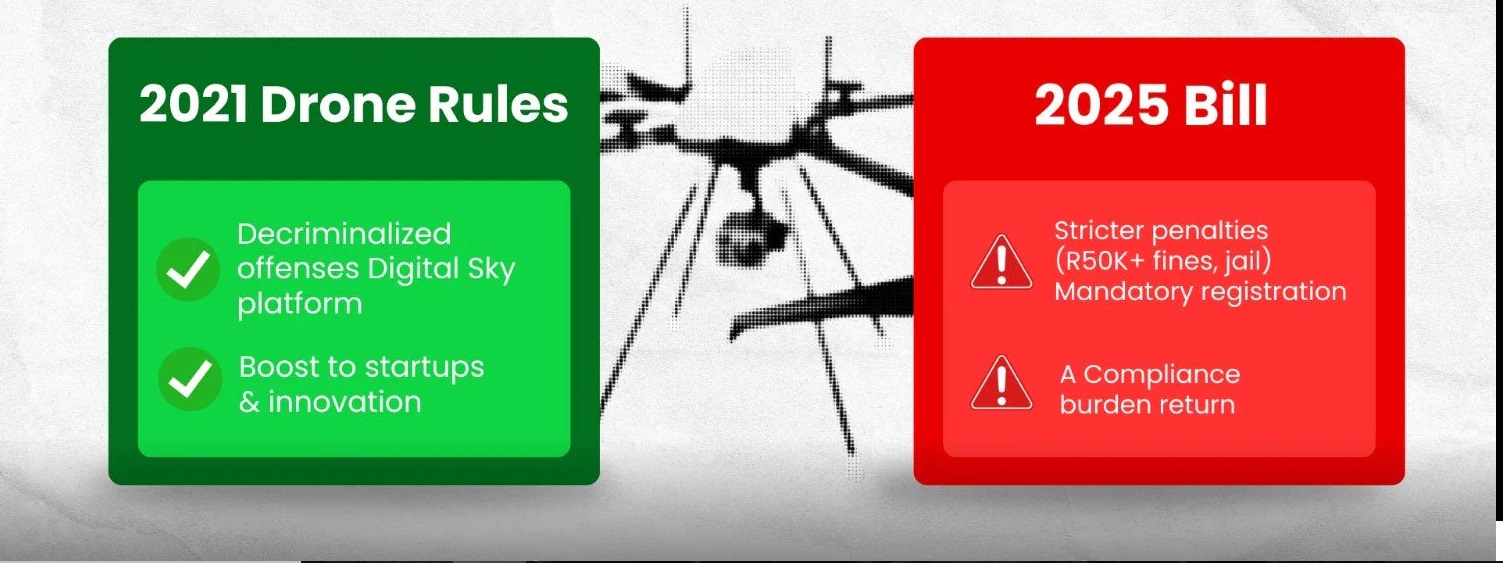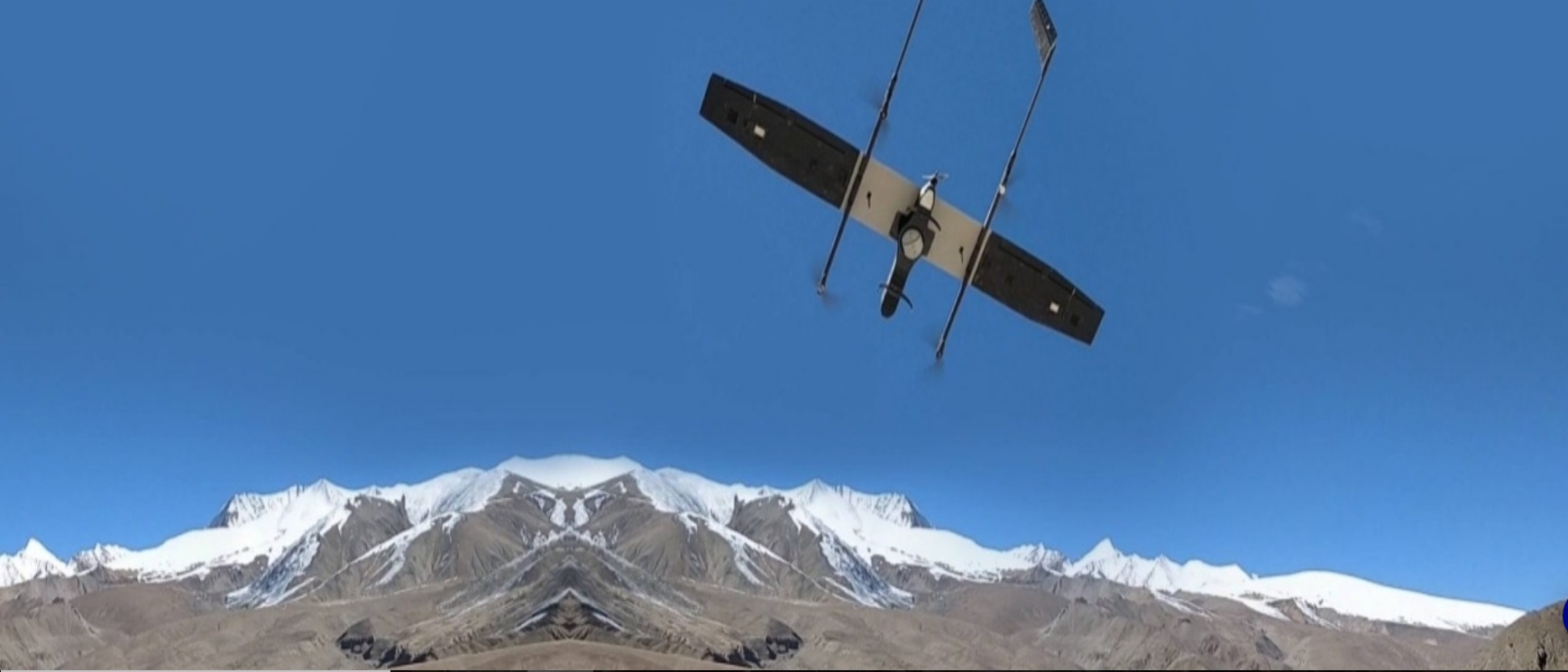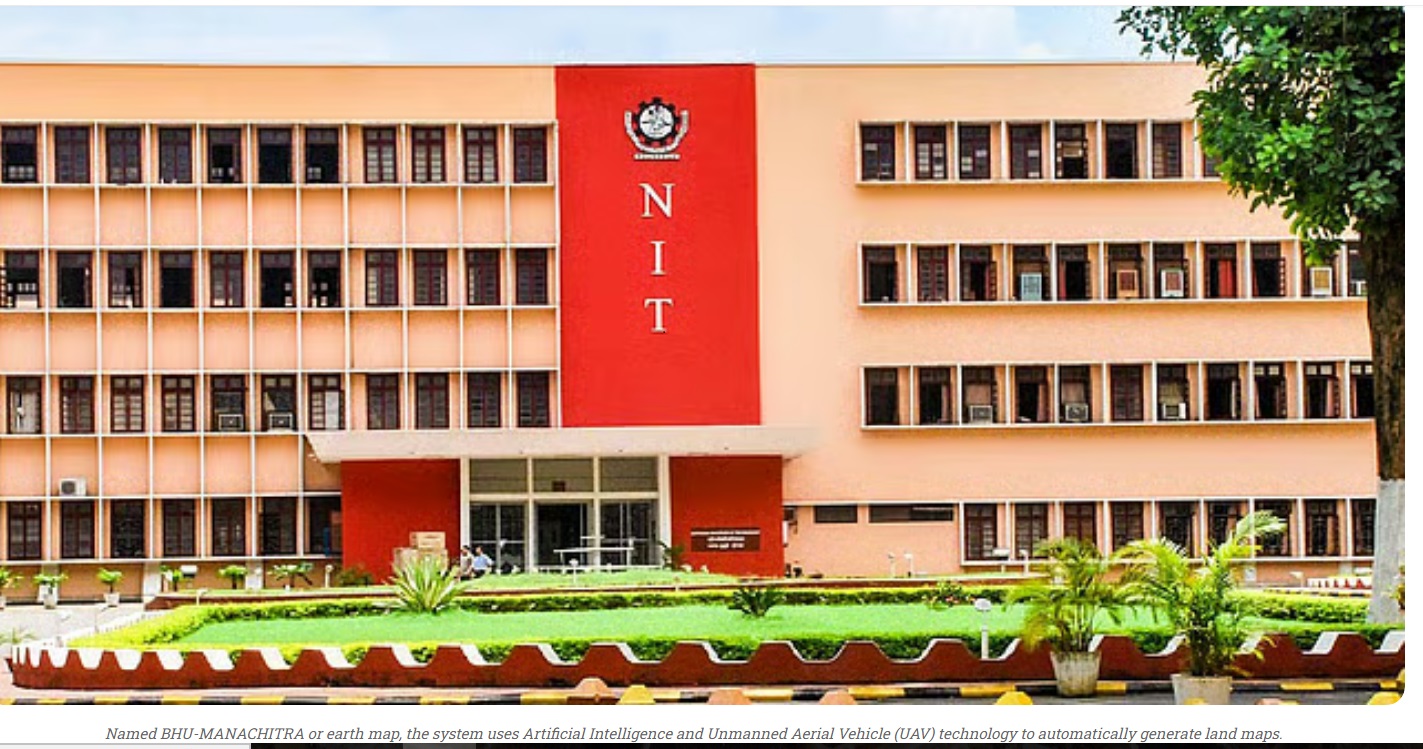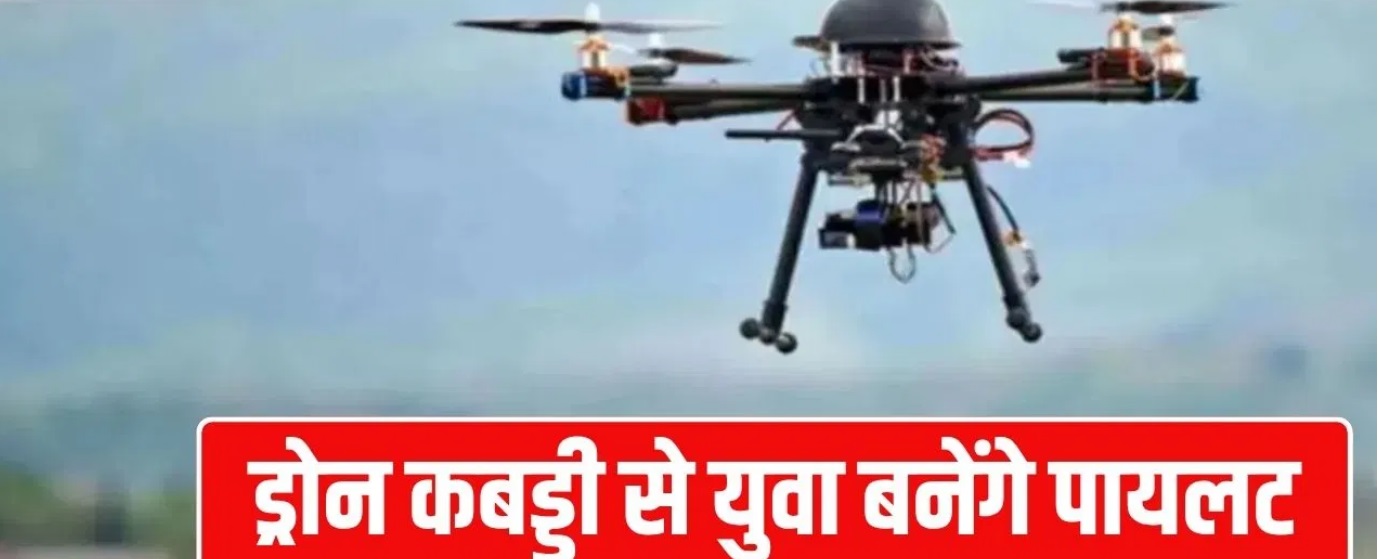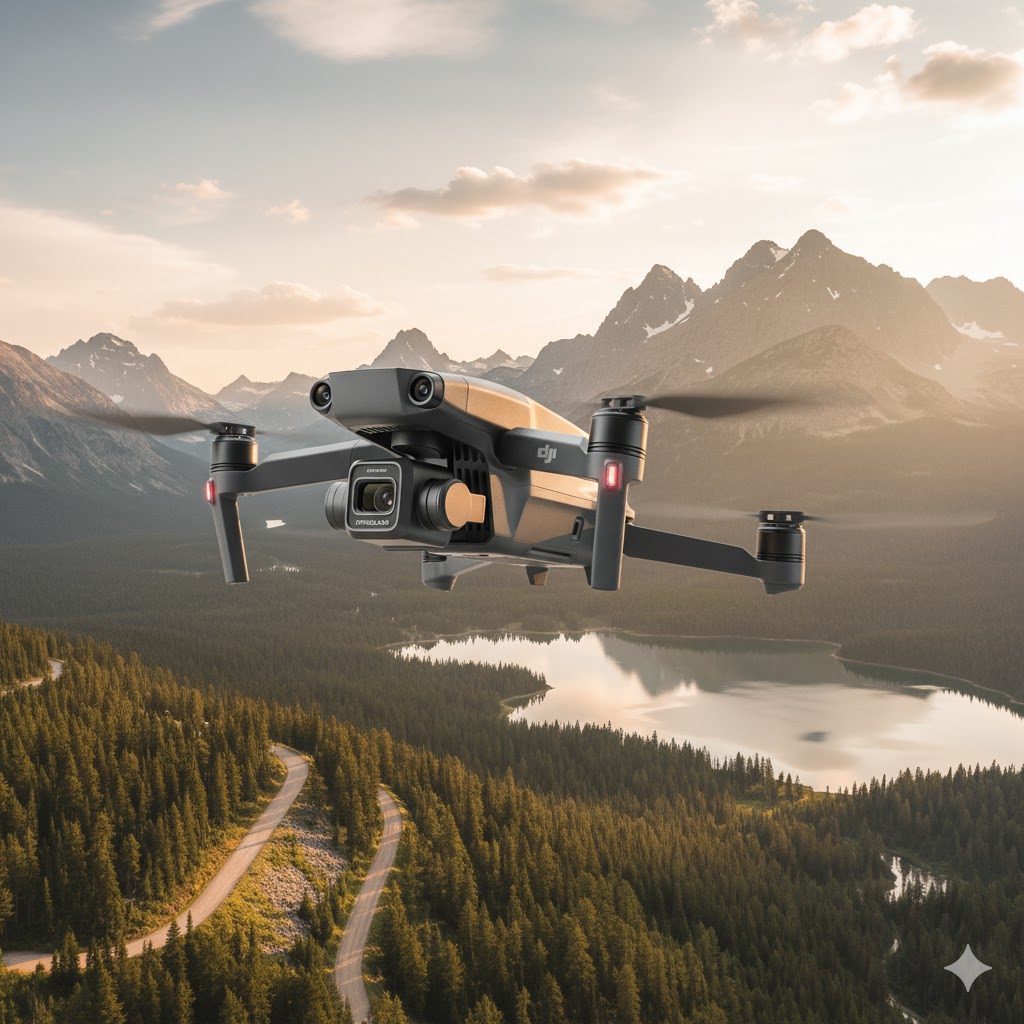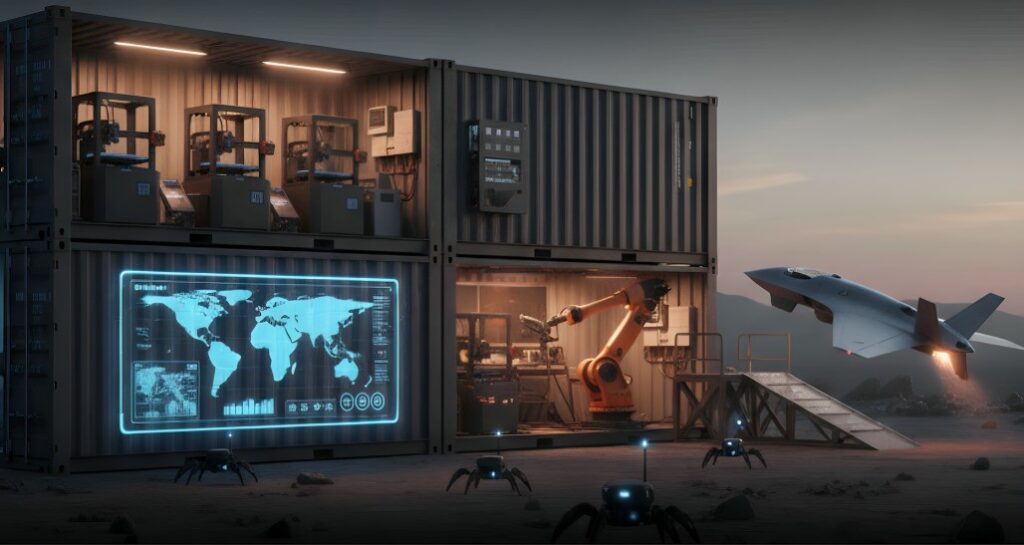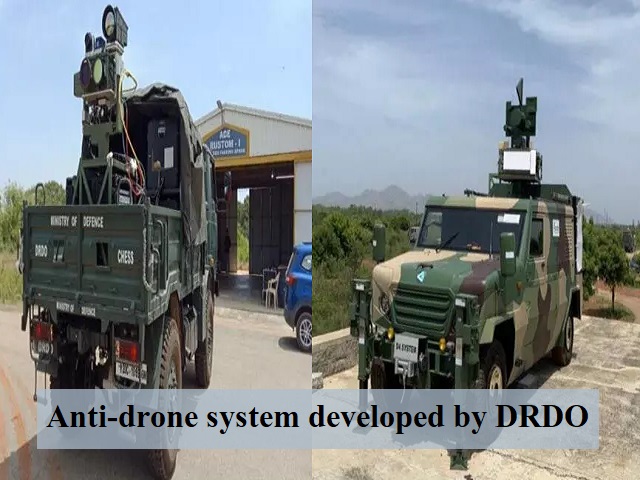Drone Pilot
Drone Products
What’s New in the Proposed Drone Bill 2025?
In September
2025, India’s Ministry of Civil Aviation unveiled a Draft Civil Drone Bill,
2025 and the drone industry’s reaction was immediate and visceral.
Rather than
applause for a long-pending, dedicated drone law, the proposal triggered swift
and significant reaction from startups, tech associations and even hobby clubs.
Critics argued that the new bill marked a step backwards from the
liberal approach that had pushed India’s drone boom since 2021.
Why are Drones So important?
The drone
sector matters because it can touch many areas, from food production to public
safety to healthcare to national security. It’s why India is working on making
a booming drone ecosystem and why China is building a low-altitude
economy.
Before 2021,
drones existed in a legal purgatory. The few operators who tried to navigate
the system faced 25 forms, 72 fee types and a permission process so opaque that
most gave up. The government saw drones as potential security threats, but not
much else.
Then came
the Drone Rules of 2021. The government had become more open to trying out
how drones could be configured for the national economy. Now, drones can be
used for many purposes and can be of various types, but the rules categorized
them and introduced a tiered system based on one simple metric: weight.
Nano drones were
exempt from registration entirely. This registration gives each drone a “unique
registration number”. Hobbyists could also fly micro drones (250g-2kg) without
a pilot license.
The impact
was instant. While drone startups multiplied, the DGCA approved 116 training
schools, minting over 16,000 certified pilots. The 120-crore
PLI scheme attracted manufacturers, and an import ban on
finished drones forced global players to assemble in India. In three years,
India went from a drone desert to one of the largest drone markets in the
world.
The Plot Twist
of 2025
In contrast
to the 2021 framework, the 2025 bill, while claiming to be more relaxed, is more
restrictive. Industry stakeholders have highlighted several problems with it.
Universal
Registration : Under
the new bill, even a small toy drone must be registered before it can be sold.
This shifts compliance upstream to manufacturers, who build registration into
every product. The toy drone market, worth crores and a gateway for young
engineers and students, might shrink as a result.
Mandatory
Pilot Licensing for Everyone : A person flying a micro-drone would need a Remote Pilot
Certificate, just as the self-help group working under the Namo Drone
Didi scheme would. For potential entrepreneurs who plan to fly their own
drones for testing, this is a letdown.
Type Certification
Before Manufacturing :
No drone can be manufactured, assembled, sold, or operated without DGCA
certification. You can’t even build a prototype to test.
Criminal Penalties
for Paperwork Errors :
Flying an unregistered drone is a cognizable offence. One can be arrested and have one's drone seized
without a warrant. Under the 2021 rules, such violations were subject to
administrative fines.
Universalinsurance : Every
operator must have third-party insurance covering 2.5 lakh for death and 1 lakh
for injury, on a no-fault basis. For a researcher or a rural SHG operating on a
limited budget, this is a tall ask. It seems like the new bill puts a price on
innovation, rather than regulating with balance.
Why This Matters
Beyond Drones
The
controversy reveals a deeper tension in India’s economic policy. Since 2014,
the government has supported “ease of doing business” and “Make in India.” The
2021 drone rules were advancing both those goals. The 2025 bill, though,
represents a reversal of that.
The US
Federal Aviation Administration frees recreational flyers from
licensing. The EU’s Open Category requires a simple online test for
low-risk drones. China also lets hobbyists fly without pilot certificates.
India’s draft bill would make it an outlier.
The economic
stakes are huge. Agriculture alone seems to need thousands of drones for the
Kharif season. The defence sector is building an indigenous drone arsenal worth
thousands of crores. Logistics companies are betting on drones that could
revolutionize e-commerce delivery. All this needs a pipeline of innovators students
tinkering in labs, startups repeating in green zones, SHGs learning by doing.
In March
2021, the government notified the UAS Rules, 2021, a predecessor to the existing
draft that was so restrictive it was dead on arrival. Industry pushed back so
fiercely that within months, the government scrapped it and replaced it with
the liberalized Drone Rules we have today.
The 2025
draft has faced near-universal criticism. NASSCOM has called for withdrawing
the bill entirely. The consultation period, which was set at just two weeks,
has been extended. Industry bodies are pushing for precise amendments: restoring
R&D exemptions, decriminalizing minor violations, creating a classified
penalty system and so on.
There is a
possibility that the bill will either be heavily revised or, like its 2021
predecessor, quietly shelved. The Ministry of Civil Aviation comprehends that
India’s drone dream cannot survive if the very people building it are treated as
criminals.
This sets a
precedent for how India controls emerging technologies, and we’ll be asking
this question a lot more as AI and humanoids rise. The 2021 rules showed what
happens when regulators trust citizens: innovation explodes and India becomes
competitive. The 2025 bill shows what happens when fear trumps that trust.
This new
bill straddles the old line between regulation and innovation. The question is
whether we require regulation that pre-emptively protects us from a future that
doesn’t exist or regulation that lets us build it.
Source: www.civilaviation.gov.in
Saheel Singh
24 Nov 2025

